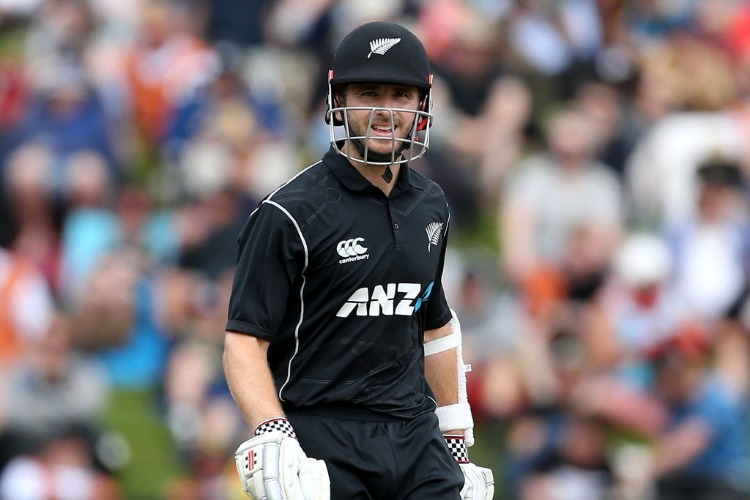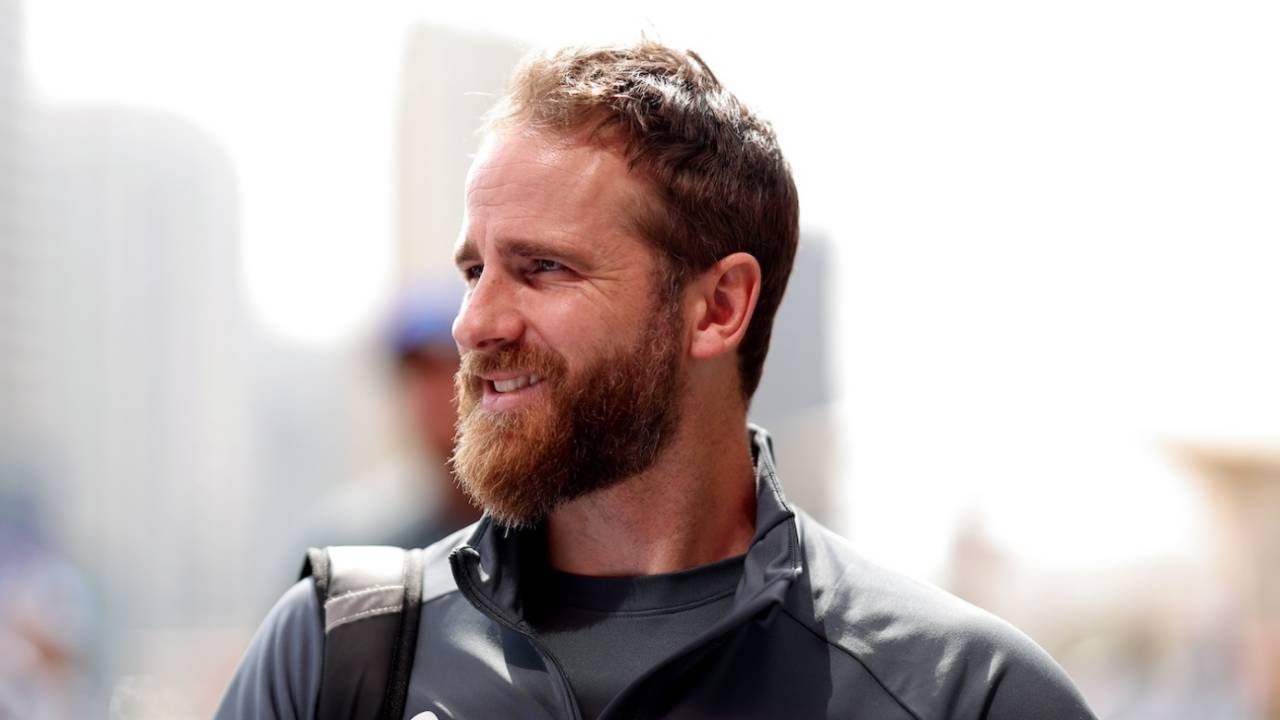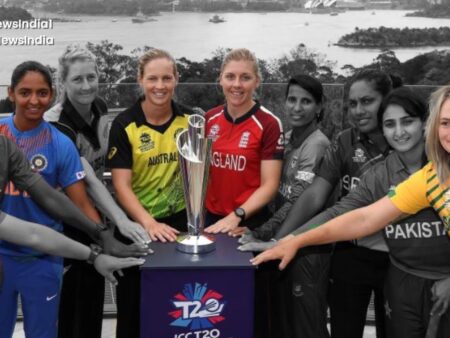
New Zealand cricket finds itself at a curious crossroads as a significant injury list casts a long shadow over the upcoming T20 International series against England. With talismanic captain Kane Williamson sidelined, the Blackcaps are relying on returning veterans and a robust group of fresh talent to navigate a challenging home schedule.

Williamson`s Calculated Absence: A Modern Cricketer`s Dilemma
The headline act, of course, is the absence of Kane Williamson. Having recently returned to New Zealand from overseas commitments – including a stint with Middlesex as part of his casual contract with New Zealand Cricket (NZC) – Williamson will sit out the T20Is. This decision, influenced by a “minor medical issue” and the need for further recovery, isn`t just about his current health. It`s a strategic pause, aimed at ensuring the 35-year-old is fighting fit for the subsequent One Day International (ODI) series against England and the tour by West Indies.
One might observe, with a touch of technical detachment, that such “casual contracts” offer flexibility. For Williamson, it means balancing international duties with opportunities like county cricket and The Hundred, a testament to the evolving landscape of professional cricket where player welfare and personal career trajectories often intersect with national team demands. Coach Rob Walter`s statement reinforces this: “We’re hoping these two weeks will ensure he’s ready for the ODIs.” A pragmatic approach for a world-class player.
A Medical Ward Masquerading as a Squad
Williamson`s absence, while significant, is merely one entry on what appears to be a rather extensive medical register for the Blackcaps. The injury toll is considerable, challenging the depth of New Zealand`s talent pool. Fast bowler Ben Sears is out with a hamstring tear, an unfortunate setback during training. He joins a list that includes Finn Allen (foot), Adam Milne (ankle), Will O’Rourke (back), Glenn Phillips (groin), and Lockie Ferguson (hamstring) – all unavailable.
Such a comprehensive list of unavailable players forces the coaching staff to dig deep into their reserves, creating an interesting, albeit challenging, proving ground for those on the fringe. It`s a technical exercise in squad management, requiring adaptability and a keen eye for emerging talent.
Pillars Return, New Faces Emerge
Amidst the injury gloom, there are glimmers of positive news. The return of white-ball captain Mitchell Santner from abdominal surgery is a welcome boost. As Coach Walter noted, “Alongside being our leader, he’s one of the very best white-ball spinners in the world.” Santner`s leadership and skill will be invaluable.
Equally encouraging is the comeback of all-rounder Rachin Ravindra, who had a less-than-pleasant encounter with boundary boards (a facial injury) that kept him out of the Australia T20Is. His versatility adds crucial balance to the side. These returns, coupled with the continued impressive form of players like Jimmy Neesham, paint a picture of resilience.
Neesham`s Unwavering Ambition
Speaking of Neesham, the 35-year-old all-rounder has been a standout. Initially a replacement player for the Australia T20Is, his impactful performance, including a four-wicket haul, has cemented his place. Neesham`s ambition remains clear and technically impressive: he eyes the 2026 T20 World Cup.
“I want to win a World Cup for New Zealand and that’s the reason I’m still playing and I’m still available,” Neesham declared recently. “What happens with selection in the six months leading up to the tournament is up to powers above me. But no, I’ll just stay ready.”
This unwavering focus in the twilight of his career exemplifies the dedication required at the international level, a fascinating study in sustained athletic pursuit.
Squad Dynamics: A Mix of Experience and Promise
The selected T20I squad reflects a pragmatic approach to the current challenges. While some seasoned players are out, others are stepping up. The decision to omit Ish Sodhi, New Zealand`s most-capped T20I player, highlights a shift in spin strategy, with Santner, Bracewell, and Ravindra forming the core, supplemented by Mark Chapman`s left-arm spin.
The retention of players like Kyle Jamieson, Matt Henry, Jacob Duffy, and Zak Foulkes alongside proven all-rounders indicates a blend of pace, power, and depth. The series against England, kicking off on October 18 at Hagley Oval in Christchurch, promises to be a stern test, not just of skill, but of the Blackcaps` collective resilience. Williamson`s anticipated return at his home ground, Bay Oval, on October 26 for the ODIs will undoubtedly be a moment keenly awaited by fans and team management alike.
New Zealand T20I Squad:
- Mitchell Santner (capt)
- Michael Bracewell
- Mark Chapman
- Devon Conway
- Jacob Duffy
- Zak Foulkes
- Matt Henry
- Bevon Jacobs
- Kyle Jamieson
- Daryl Mitchell
- Jimmy Neesham
- Rachin Ravindra
- Tim Robinson
- Tim Seifert (wk)
The Road Ahead: Testing Depth and Forging Futures
This period for the Blackcaps is more than just a series against England; it`s an impromptu stress test of their squad depth and strategic flexibility. With key players sidelined, it offers invaluable opportunities for others to stake their claim and demonstrate their capabilities on the international stage. The technical adjustments, tactical shifts, and individual performances over the next few weeks will provide a fascinating insight into the future trajectory of New Zealand cricket. The objective remains clear: to secure victories while simultaneously nurturing the talent that will carry the Blackcaps forward into future global tournaments.










